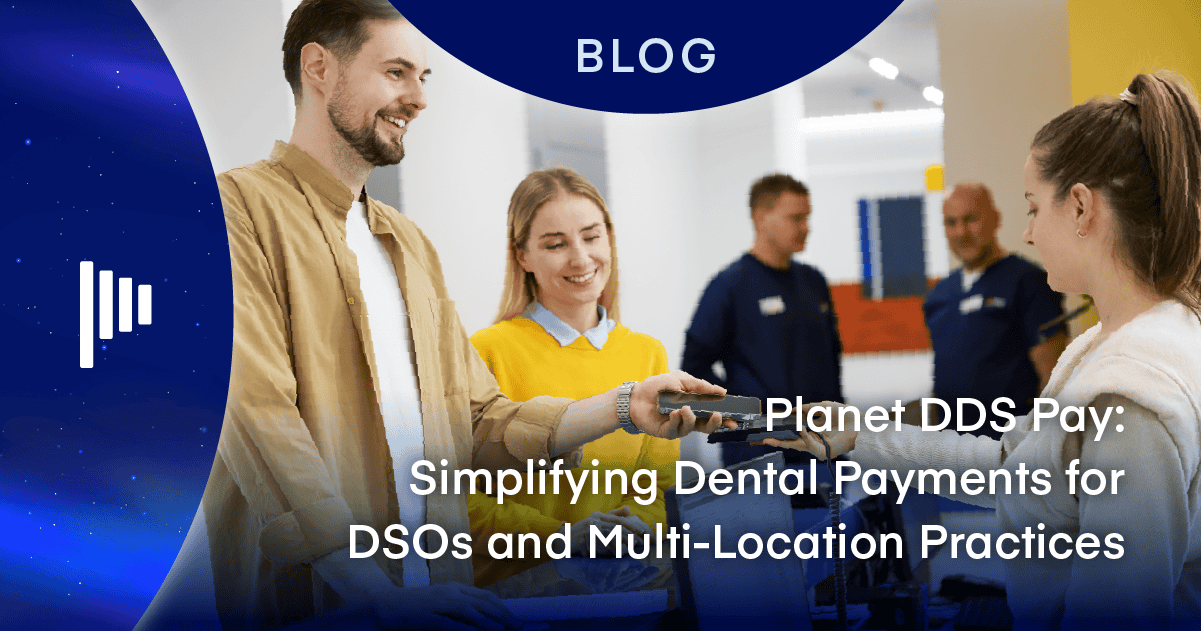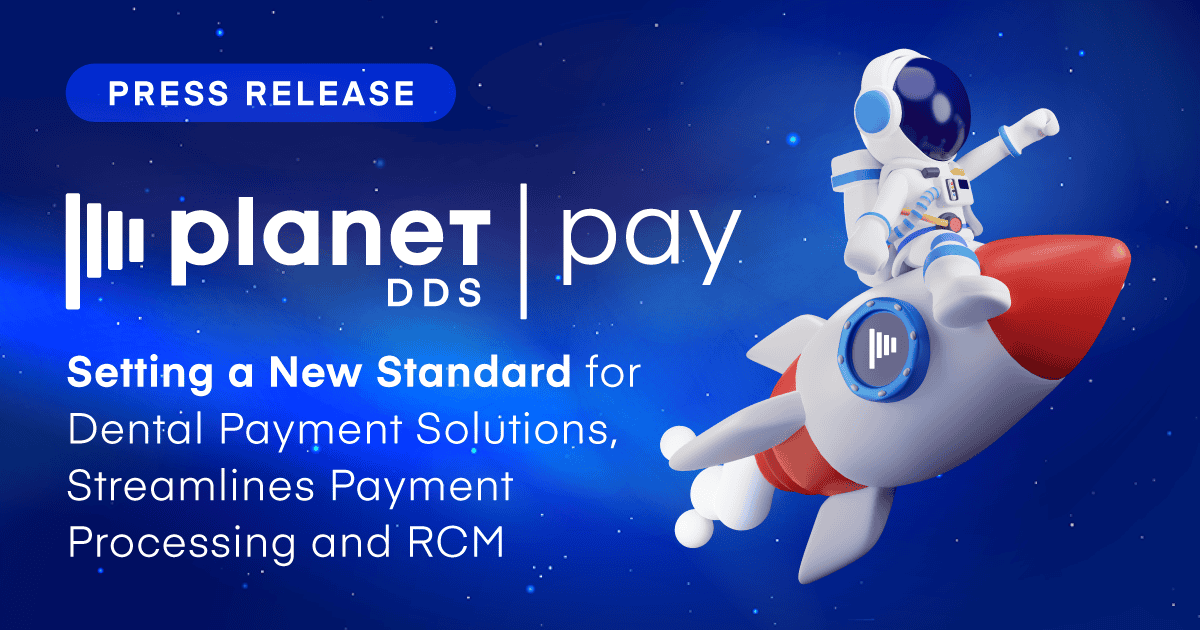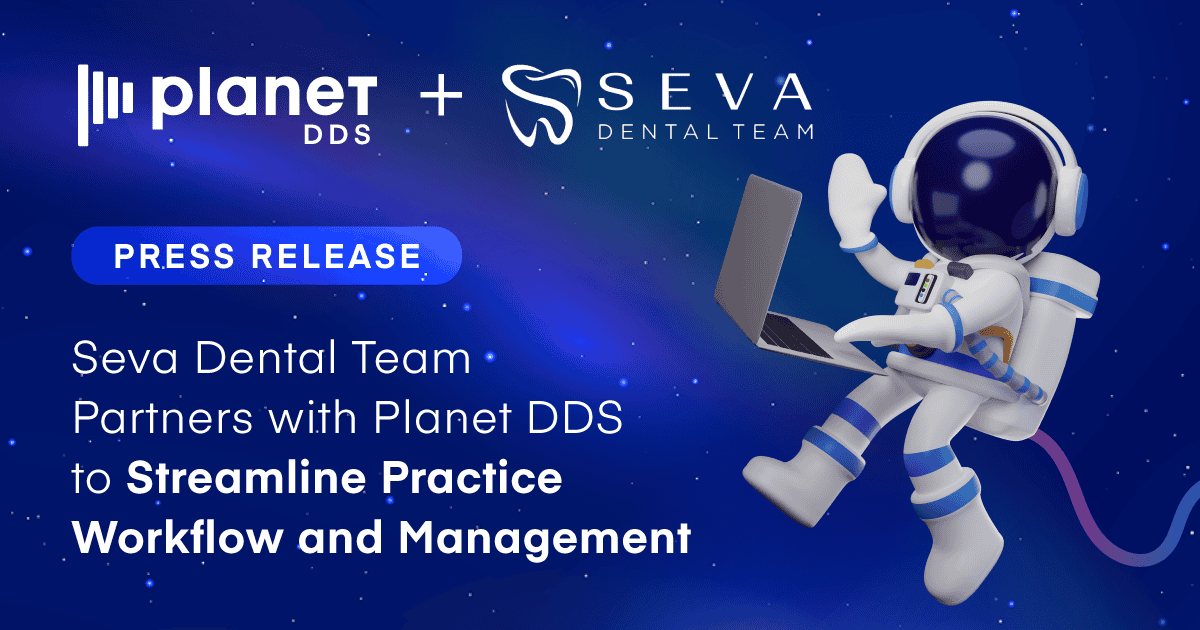The Referral Nudge – An Instinctive System
Inherently social, we humans crave a deeper connection to the preservation and promotion of the communities we identify with.

As a business, your systems to influence and why your customers ultimately refer your products and services to their friends have far greater in common than either of you may realize.
Inherently social, we humans crave a deeper connection to the preservation and promotion of the communities we identify with. Hardwired into our psychology for thousands of years this need for connection and adding value can have powerful emotional benefits. So gratifying, they outweigh the associated social risks of an invitation and drive us to share. Coupled with this instinct, a referral is the result of a job well done, delivering experiences worth sharing, and having intuitive methods to share them.
Having created thousands of referral systems that are rooted within our product offerings, we’ve built an in-depth playbook of the key attributes, barriers, and tools associated with the best performers.
Seven components of a highly effective referral system:
- Create a feeling of membership
- Keep it simple
- Make it personal and express gratitude
- Ask
- Make it easy to share
- Provide the right incentive
- Analyze the results
Create a Feeling of Membership
Your customers are special to you because they are a part of your business, your brand, and your experience. This sense of belonging extends their desire to share the same values and commitments with their friends, and makes them feel special. Leverage this by offering exclusive access and privileges for VIP members to share. Because of their relationship with you and your brand, they will be able to invite their friends to be part of this membership and get additional benefits that other invitees would not typically receive.
Keep it Simple
Creating a seamless referral experience means that you’ve designed your program from the perspective of minimizing barriers and hurdles. People make thousands of decisions every day, so we rely on cognitive shortcuts to help us make choices. The less effort we have to put into this choice, the more likely we are to act on it. It’s not easy to carry a referral postcard in the hope of being able to physically give it to a friend who then has to go to a website, fill out a form, call to schedule, and wait weeks for an appointment. When was the last time you referred this way?
Make it Personal and Express Gratitude
Reinforce your customer’s name within the referral handoff. There is scientific evidence that proves hearing one’s name has positive impacts on the brain. Even better, when you express gratitude, tie both the customer’s name with their invitee so the foundation and connection of your new relationship is now both positive and familiar.
Ask
If you don’t talk about your referral program, you are not promoting the top-of-mind awareness it deserves. Customers are more inclined to refer when they demonstrate happiness with your brand. Apply nudges within the customer journey to prompt a referral following a referral, an online review, social media engagement, or whenever they tell you how great you are! Nudge theory supports the idea that positive reinforcement and indirect suggestions can influence a person’s motives and decision making more effectively than direct measures.
Make it Easy to Share
The surge of mobile on-demand services that heavily depend on referrals to grow, like Uber and Doordash, has introduced millions of consumers to next-generation referral programs. It’s become easier and simpler to refer and be referred to new products and services. As a result, the expectation from other referral programs is both mobile and socially extendable. Give customers the narrative you want them to use when they share via the copy, messaging and design. Also, keep in mind the two main decision-driving factors:
- Social capital: how confident am I that this will make me look good?
- Social risk: how concerned am I that this will be taken negatively?
Social capital tends to be a crucial driving factor when people give a referral, so your message should highlight the recipient’s benefits, thereby minimizing the risk of the share.
Provide the Right Incentive
Understanding the motivations of your customers broadens your insight into the incentives that resonate with them and their community. An incentive should be mutually authentic and should not be something that you already give away for free. Brand Ambassadors are less inclined to pass along a “gift” that everyone has access to, as it doesn’t solidify the feeling of membership or give them compelling social capital. Instead of gifting a “free orthodontic evaluation,” consider a more forward-thinking approach, such as access to a special event you host or a charitable donation that instantly adds altruistic significance to their choice. The basic principle of reciprocity supports the idea that if someone is aware that their friend will also receive a benefit, it makes them more likely to refer.
Analyze the Results
It’s critical to evaluate, track, and measure your program in an effort to understand your customer’s motivations and goals. Be active in refining your message, visuals, and offer. In doing so, be sure you are looking at every aspect of your program and focus on those who did and did not share equally. Manual programs lack visibility, inevitably recognizing only the referrals that have converted to new customers.
Analyzing referrals that did not convert provides essential data to help you shape future referral offers. With instincts on your side and systems in place, this deep-rooted human need can be rewarding to all!
PracticeGenius™ through its Patient Rewards Hub™ membership marketing platform equips businesses with tools and services that align, engage, and reward their customers, advocates, and employee relationships. Built upon behavioral economics, engagement and gamification science the platform automates processes with turn-key content libraries that power: reward, referral, review, social media, contest, prize-fulfillment, compliance, communication, & promotion programs.



